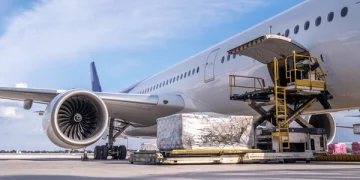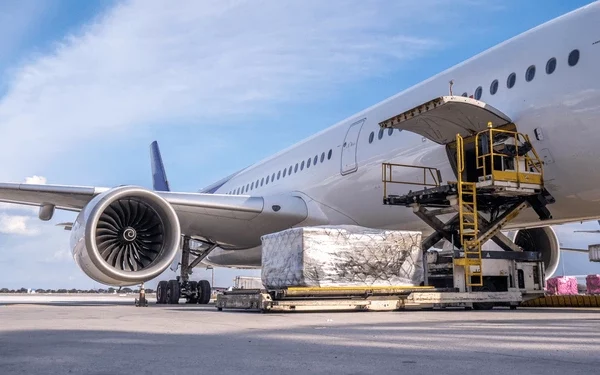Manufacturers are increasingly exploring air freight options in the coming weeks as attacks on Red Sea shipping disrupt traditional routes, presenting a potential boost for the logistics sector facing subdued demand and excess capacity post-pandemic.
The Red Sea, a crucial passage leading to the Suez Canal, plays a vital role in the east-west trade route connecting Asia’s manufacturing hubs to Europe and the east coast of the Americas. Approximately 12% of global shipping traffic accesses the Suez Canal through these waters.
Over the past two months, attacks by Yemen’s Houthi militia on ships in the region have impacted companies and raised concerns among major powers, escalating tensions in the broader context of Israel’s conflict with Palestinian Hamas militants in Gaza.
While air freight prices have maintained relative stability during the seasonal demand lull, data from freight booker Freightos indicates a significant 91% week-on-week surge in rates on the China-to-Europe route.
The TAC Index also reports signs of an increase in China-to-Europe air freight rates this week. Yngve Ruud, Head of Air Logistics at global logistics firm Kühne+Nagel, notes a notable uptick in discussions and proposals for increased air capacity, indicating a 20-30% rise compared to typical January activity.
Air freight, though traditionally more expensive than sea freight, has become a more attractive option since the attacks forced shippers onto costlier routes with extended delivery times. Major carriers like Korean Air Cargo are witnessing a surge in demand and heightened customer inquiries.
Logistics firms such as Schenker, Bollore Logistics, and C.H. Robinson are securing additional air freight space, with Stellantis, parent company of Chrysler, turning to air freight to address temporary disruptions.
As ocean prices rise and transit times increase, shippers are expressing concerns about inventory delays, prompting a potential shift in the balance between air and ocean freight. Neel Jones Shah, Chief Customer Officer at digital freight forwarder Flexport, predicts a shift in ratios for shippers using both air and ocean freight.
Despite attacks by the Houthi militia, a slowdown in the global economy has mitigated the impact on trade flows. Customers are now exploring multi-modal routes, combining sea and air shipping. Some are sending containers to Dubai and Los Angeles and then utilizing air freight for onward delivery.
While the Baltic Air Freight Index indicates a decline in cargo rates, the global cargo demand was down 2.5% in November compared to the same pre-pandemic month, with a 4.1% increase in capacity, according to IATA. Logistics sources note an increasing trend towards multi-modal shipping routes, reflecting the industry’s adaptability to evolving challenges.























